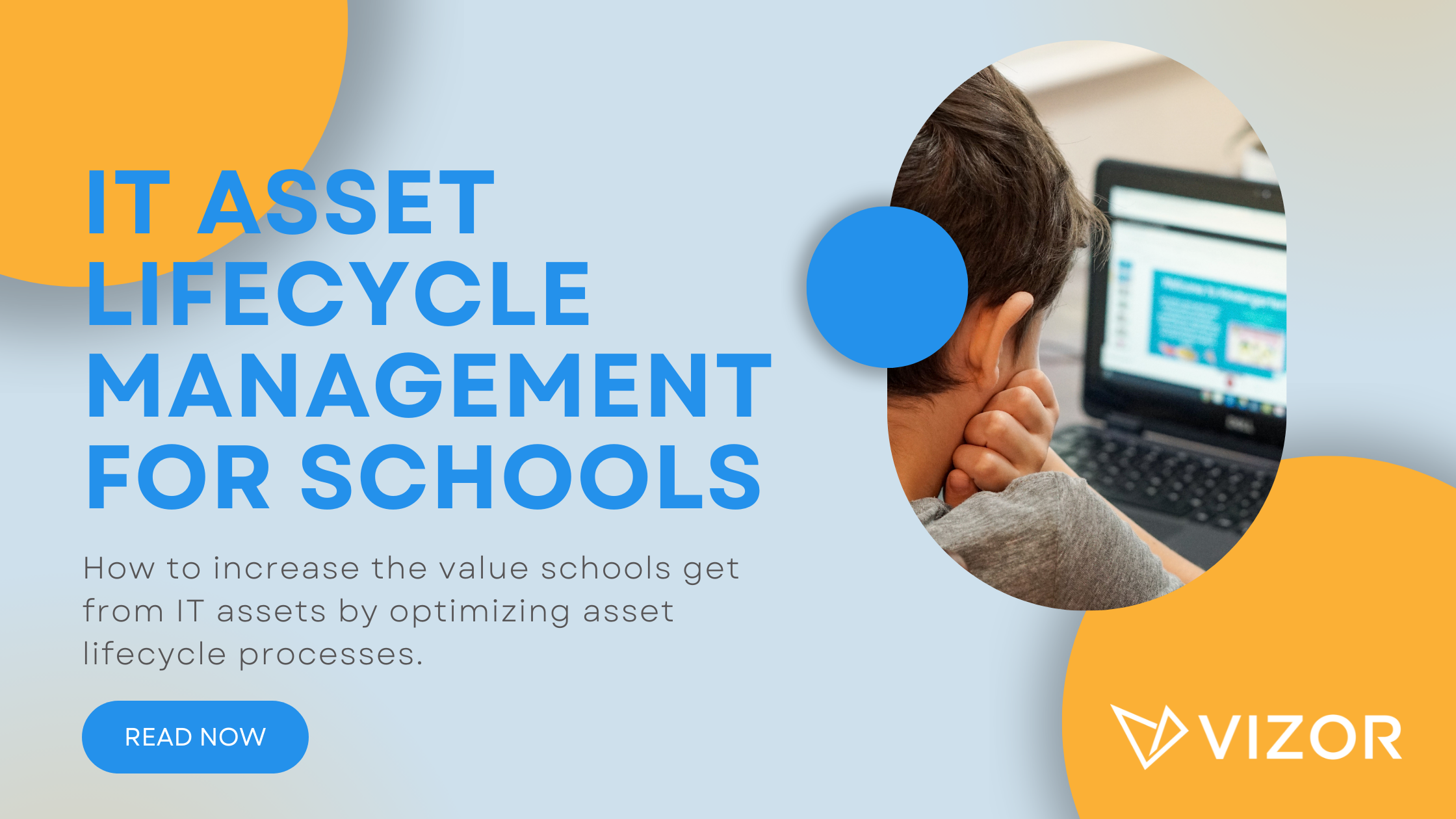Why You Need A Self-Service Portal
Organizations are integrating an IT Service Management processes to their IT solution to boost productivity and save costs. When an IT problem happens, productivity decreases. Whether an employee can’t turn on their computer or needs a new keyboard, bad communication with the IT department can turn simple solutions into nightmares. A self-service portal improves communication between employees and their IT department as well as reduces employees’ dependence on IT. It’s made for employees to easily have access to important resources that might help their issue. This includes having access to a Request Portal, the Knowledge Base, submitting tickets, and Notifications.
1. The Request Portal
A self-service portal includes the request portal where employees fill out forms when they need a new software or piece of hardware. It’s automatically sent to IT where they can allocate and prioritize the task based on agreed criteria. Each asset form is unique to the specific asset or service being requested and can be further customized to meet specific requirements. According to Vector Networks, request forms improve management of approvals as IT become informed of all requests. The encouragement of streamlining these procedures result in increased productivity throughout the whole organization.
2. The Knowledge Base
The Knowledge Base is a central area for support that helps employees with resolve problems on a daily basis. It includes Knowledge Base Articles or FAQs like how to change a password, how to use the new phone and how to use the self-service portal. It offers employees a trusted source of knowledge without depending on the IT department. The IT department can set up the documentation under different topics or have a search bar for employees to look for potential problems. As a result, there will be less phone calls, emails, and walk-ins on IT. On the other end, the IT department can have a Knowledge Base for only their department so they can share knowledge on how to solve issues.
3. Submitting Tickets
If an employee cannot find a document in the Knowledge Base, they will then create a ticket for IT. IT can display a catalog of their services for the employees to choose from, or employees can create a ticket on their own. Either way, IT can decide on what fields to fill out, and what to call the fields. The Data Administration Newsletter recommends that the language used be familiar to all the employees in the company. This guarantees that the issue is clearly identified and can be resolved. After the ticket is sent to IT, employees get a progress update, so they never have to worry about the issue. If employees still have any questions, the portal serves as a center to communicate with the IT department. Submitting tickets is a streamlined process that reduces IT resources.
4. Notifications
The self-service portal is also an easy way to access end users all at once. Therefore, IT can notify employees of planned outages. This is very important in hospitals and universities where there’s on-going laboratory experiments that need constant monitoring. Informing the end users of offline hours will help them prepare and avoid interrupting their projects. Notifications can also inform employees of unplanned incidents like a broken printer. A notification on the self-service portal will prevent employees from using the broken printer and prevent those employees from creating unnecessary tickets. As a result, the IT department’s productivity is intact and extra work is avoided.
The Benefit of a User-friendly interface
This has probably happened to you: your computer crashes or your printer refuses to work right before a big meeting. When this happens, no one wants to use an strange self-portal for help. It’s important to have a user-friendly portal that employees won’t mind using. A clear interface encourages employees to use the self-service portal and all of its features. Employees are also more likely to respect time delays for their problems, and will even build a better relationship between employees and IT.
The self-service portal lets employees solve issues without decreasing productivity. It becomes the perfect tool to introduce streamlined processes which increases the organization’s overall ROI. Although it comes with many features, it’s not necessary to get a self-service portal that displays all of them. Choose the ideal ones that best fit your organization’s objectives.
Share this blog with your colleagues!
Need a IT Asset Management Tool?





